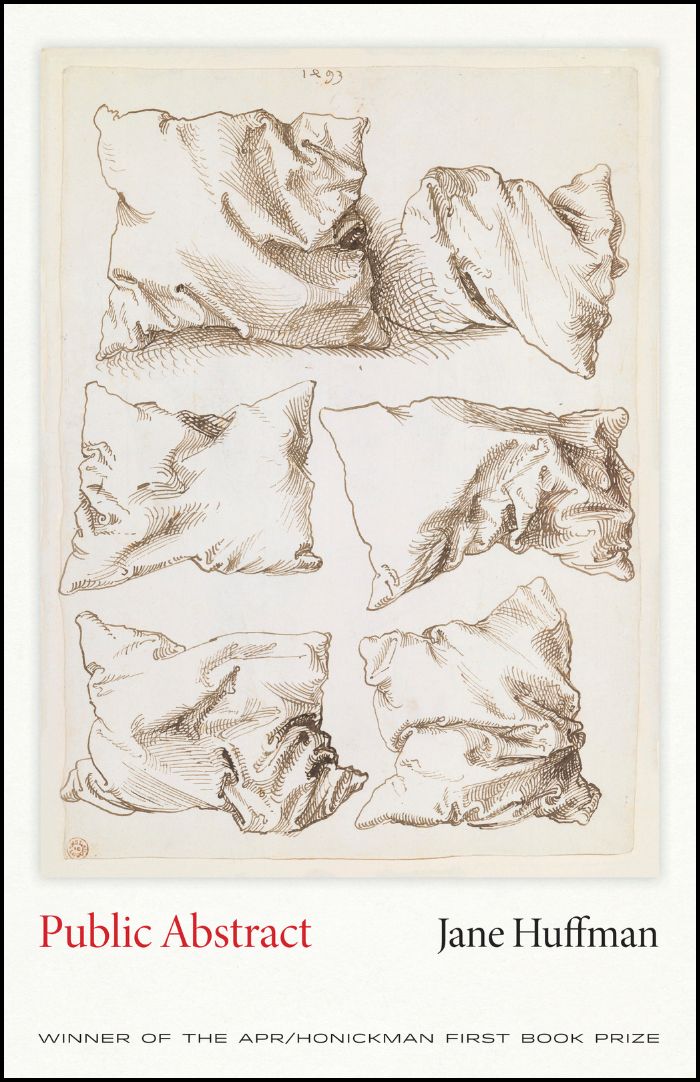Chronic sickness has bred in me a tendency to meditate on cyclicality.
I wrote “The Rest” in 2018, in bed, sick with a months-long bout of asthmatic bronchitis. I have suffered from such bouts my whole life, often two or three a year.
The asthmatic cough is a chorus, a repetition machine. One cough anticipates the next.
Having endured frequent lung imaging, the lung has emerged for me as a primary image. This poem began there: the lung as a bundle of cut flowers in a vase. Repetition and chiasmus allows me to defamiliarize, and even reject, that simple equivalency.
Across the four stanzas of the poem, the refrain undergoes four iterations, four instances of chiasmus, reordering its primary adjective and noun features:
Cut red / flowers hung in pink water.
Cut pink flowers hung in red water.
Cut red water hung in pink flowers.
Cut pink water hung in red flowers.
The poem operates in reversals, in mirror images, in symmetries: “Cut [pink or red] [flowers or water] hung in [pink or red] [flowers or water].”
In “How to Live, What to Do: Thirteen Ways of Looking at Wallace Stevens,” author Joan Richardson draws on Mark J. Bruhn’s ideas about repetition in Stevens, arguing that chiasmus is an embodied linguistic effect. The “image schema,” or language pattern, of chiasmus is “naturally motivated by the bilateral symmetry of our bodies and especially our nervous system,” that which taps into the “prehistorical, preconceptual,” and “prelinguistic dimension of human cognition itself.” Richardson reminds us that Stevens called this an “unwritten rhetoric.” The experience of experience before it becomes language.
The repetition in the “The Rest” responds to the “bilateral symmetry” of my cardiovascular system, my lungs. The cough before the cough, gathering in the body. The exhale is a reversal of the inhale. And in doing so, responds to the body’s immense asymmetry: when I am getting sick, I feel pressure on one side of my body before the other. A flare in the left lymph nodes before the right—neck, armpit, groin.
Where there is a narrative in this poem, it is one that moves from sense to non-sense, or from some semantic recognition to less of it. Non-sense is important to me. In “The Rest,” I use the repeating language pattern to demonstrate a breakdown from idea into sound, from the recognizable image––a vase of flowers––into something stranger, something that attends to the “prehistorical, preconceptual and prelinguistic” utterance “prior to its translation into language-mediated conceptual sense.”
Say any word out loud enough times and it loses meaning.
On one hand, this gesture enacts my inability to understand my own physiology. The unknowable lung. That which hangs in my imagination, in my chest cavity, like a dirigible. Inflating and deflating. The utterance, its cough, resisting translation. The breakdown of the body, of stable health, is a kind of transition. A personal narrative.
After spirometry testing, which I endure every six months, I review my results online: tear-shaped graphs charting “expiration” and “inspiration.” I review these documents like mysterious archival objects, representations of the unknown internal landscape.
This, too, is what I hope “The Rest” captures. I hope that the poem lands in what William James called “the recesses of feeling, the darker, blinder strata” of experience. When I am ill, my consciousness shifts into that darker strata. The body in pain makes demands, which take precedence over the world of the mind.
On the other hand, the repetition serves stagnation, the stasis of the bedridden body.
“Still, I keep myself, I take / to bed.”
Repetition moves simultaneously backward and forward, creating a metronomic tension between progress and regression—backward toward the initial utterance and forward toward the next iteration. Richardson refers to this gesture as a poem’s “backwashes and eddies.”
Indeed, “The Rest” refuses to move on. It cannot. It is obsessive, recalibrating the relationship between “flowers” and “water” until its options are exhausted. Exhaustion is a teleology of sickness. One cough anticipates the next.
It backwashes, it eddies. Wash-up. Dregs. Reflux.
The repetition in “The Rest” seeks also to capture the banality of sickness, the languid ritual and rhythm of bedriddenness. Sickness interrupts routine. Repetition interrupts linear teleology, making it a suitable metaphor. Convenient that in the terminology of prosody, the “burden” of the poem is its refrain. The burden of the body.
But essentially, the repetition in “The Rest” is imperfect. It does not stagnate completely, does not, as Kay Ryan writes in her poem, “Repetition,” “[try] to walk / the same way / to the same store,” which “risks chasms / of flatness. / One stumble / alone and / nothing / happens.” In this spirit, I wanted the refrain to shift energetically. To resist refraining. Moving backward is still movement.
Still / movement. An oxymoron.
In his categorization of types of repetition in music, Calvin S. Brown, Jr. identified “intellectual repetition”: “sameness with difference, […] approximation of repetition, similarity, or repetition with variation.”
“Cut [pink or red] [flowers or water] hung in [pink or red] [flowers or water].”
This form of chiasma is practiced across human creation.
In poetics, I see it most prominently in given forms such as the villanelle, ghazal, duplex (originated by Jericho Brown, as he recovered from a life-threatening bout of the flu), and pantoum.
See, for example, “Convergence” by Kimiko Hahn, a poem that moves backward in as much as it moves forward. It moves forward, loops back, revises itself. Relevant, I think, to both of Hahn’s subjects: the writing and revision process and the destructive forces of global warming. To how humanity tries to push it back.
The teleology of sickness. Recover, Regress. Within chiasmatic, asthmatic.
If the repeated lines in “The Rest” enact a breaking down of language, the temptation to stagnate, and an ongoing returning to a source, the non-repeated lines hold the poem together. These lines move connotatively, organically, and offer the reader an explicit lyric “I” on which to hold (for dear life).
These lines meditate on the poet’s authority: “truth” and “lie” are at stake. As the poem’s veracity is questioned, so, too, is the veracity of the refrain. The refrain suggests a shifting reality.
This was an important tension I wanted to explore in this poem, particularly the “lie” of “I want to die.” When miserably ill, I find myself meditating very much on death with equal parts terror and relief. Likewise, it wanted to emphasize the idea of “rest” as both “resting” and “remainder.” What remains, after sickness, is a body in recovery. The cost of survival.
Even now, writing this essay, I find myself working in a multi-telelogic mode, treating “The Rest” as an artifact of a previous sickness, analyzing it as I do the spirometry tests I take home with me; a lamentation of current sickness, a bout of long-COVID I have been enduring since July; and a signpost toward inevitable future illness.
Without the refrain, I believe the poem still functions nicely as a sickness narrative:
Still, I keep myself, I take
to bed. One lung is red.
My other lung is out of line.
From one lung, I tell the truth.
From the other lung, I lie.
Like a pain, the truth is mine.
The lie is that today I want to die.
The rest of it is stillness, rest.
A soft cough into a hard pan.
A hard cough into a soft plane.
In this version of the poem, less-pronounced instances of repetition, chiasmus, and notably rhyme––by definition a form of repetition––are louder. But this version loses its emotional thrust. Gone is the recursive, obsessive motion of mind. Gone are the darker backwaters.




